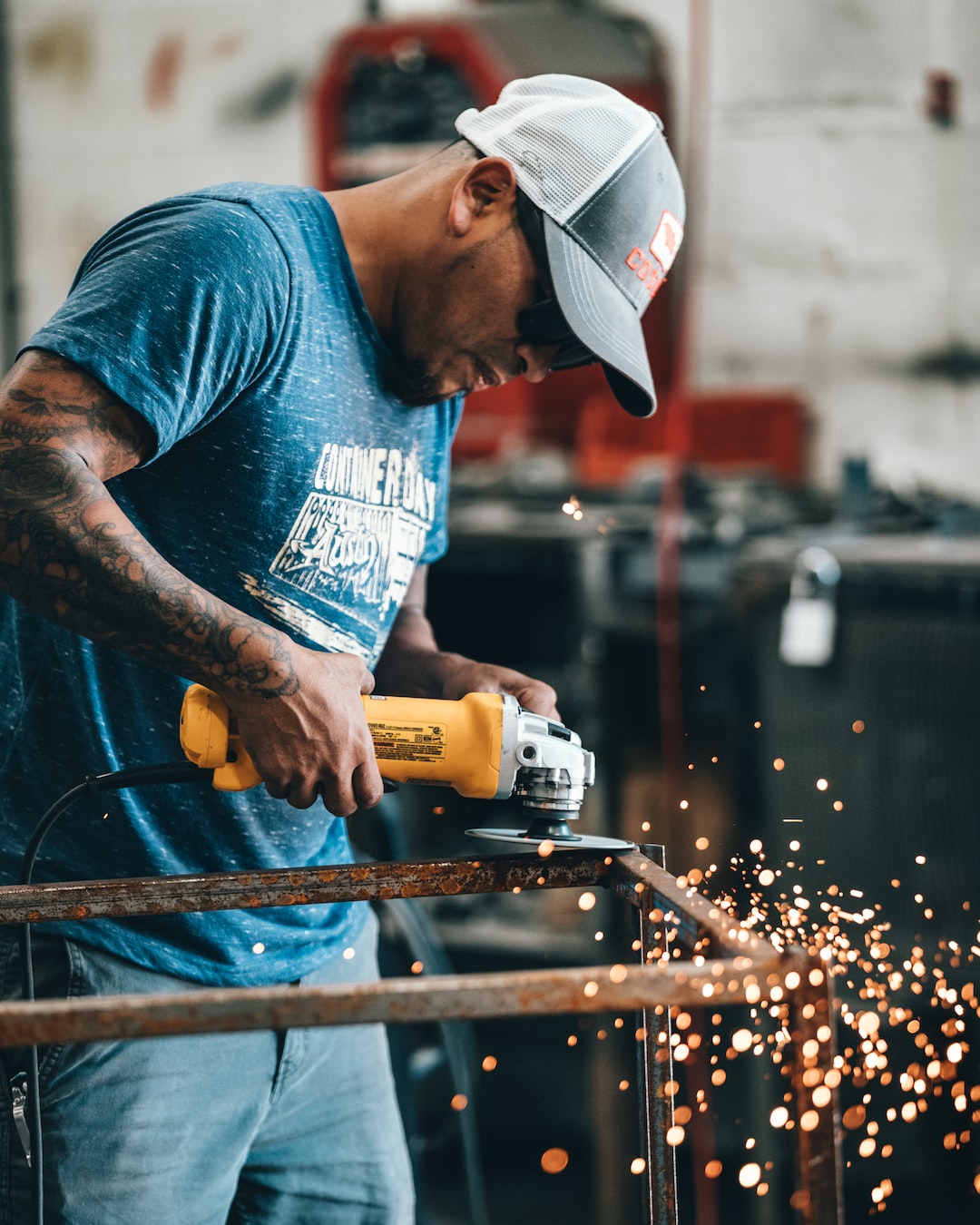Exploring the Impact of 3D Printing on Manufacturing Processes
In recent years, 3D printing has emerged as a groundbreaking technology that has revolutionized various industries. One sector that has particularly felt its impact is manufacturing. Traditional manufacturing processes have long been the norm, but the advent of 3D printing has brought about a new era of possibilities. In this blog post, we will delve into the impact 3D printing has had on manufacturing processes and how it is shaping the future of the industry.
One of the key advantages of 3D printing in manufacturing is its ability to create complex and intricate designs with ease. Traditional manufacturing processes often involve several steps, including cutting, drilling, and molding, which can be time-consuming and expensive. With 3D printing, however, these steps are simplified as objects are created layer by layer directly from a digital model. This allows for the production of intricate geometries that were previously impossible to achieve using traditional methods.
Additionally, 3D printing eliminates the need for costly tooling, which is essential in traditional manufacturing processes. Tooling, such as molds and dies, can be expensive to produce and modify. However, with 3D printing, objects can be easily printed without the need for any specialized tools. This not only reduces costs but also allows for greater flexibility in production. Designers can now iterate and modify their designs rapidly, enabling them to bring products to market faster and at a lower cost.
Another significant impact of 3D printing on manufacturing is its ability to reduce waste. With traditional manufacturing processes, excess materials are often produced and discarded, leading to significant waste generation. 3D printing, on the other hand, is an additive manufacturing process that only uses the exact amount of material required to create an object. This not only reduces waste but also lowers material costs for manufacturers. Additionally, 3D printing allows for the use of recycled materials, further contributing to sustainability efforts.
Moreover, 3D printing enables manufacturers to produce objects on-demand, eliminating the need for large inventories and reducing the risk of overproduction. In traditional manufacturing processes, manufacturers often have to produce goods in bulk to meet demand. This can result in excess inventory and the need for storage space. With 3D printing, manufacturers can quickly produce items as needed, reducing the need for large inventories and optimizing supply chains.
One of the most exciting aspects of 3D printing in manufacturing processes is its potential to customize products at a large scale. Traditional manufacturing usually involves producing items in standardized sizes and specifications. However, with 3D printing, each item can be customized according to specific customer requirements. This not only enhances customer satisfaction but also opens up new possibilities for personalized products. From customized prosthetics to tailored jewelry, 3D printing is paving the way for a new era of product personalization and mass customization.
Furthermore, the accessibility of 3D printing technology has grown exponentially in recent years. What was once limited to large industrial manufacturers is now accessible to small businesses and even individuals. This democratization of technology has democratized the manufacturing industry, allowing for innovation to flourish. Entrepreneurs and designers can now bring their ideas to life without the need for large capital investments in factories and expensive machinery.
In conclusion, 3D printing has made a significant impact on manufacturing processes. Its ability to create complex designs, reduce waste, eliminate the need for costly tooling, and enable customization has transformed the industry. As the accessibility of 3D printing continues to grow, we can expect even more innovative applications in manufacturing. The future holds endless possibilities for the integration of 3D printing in manufacturing processes, and it is an exciting time to be part of this technological revolution.


